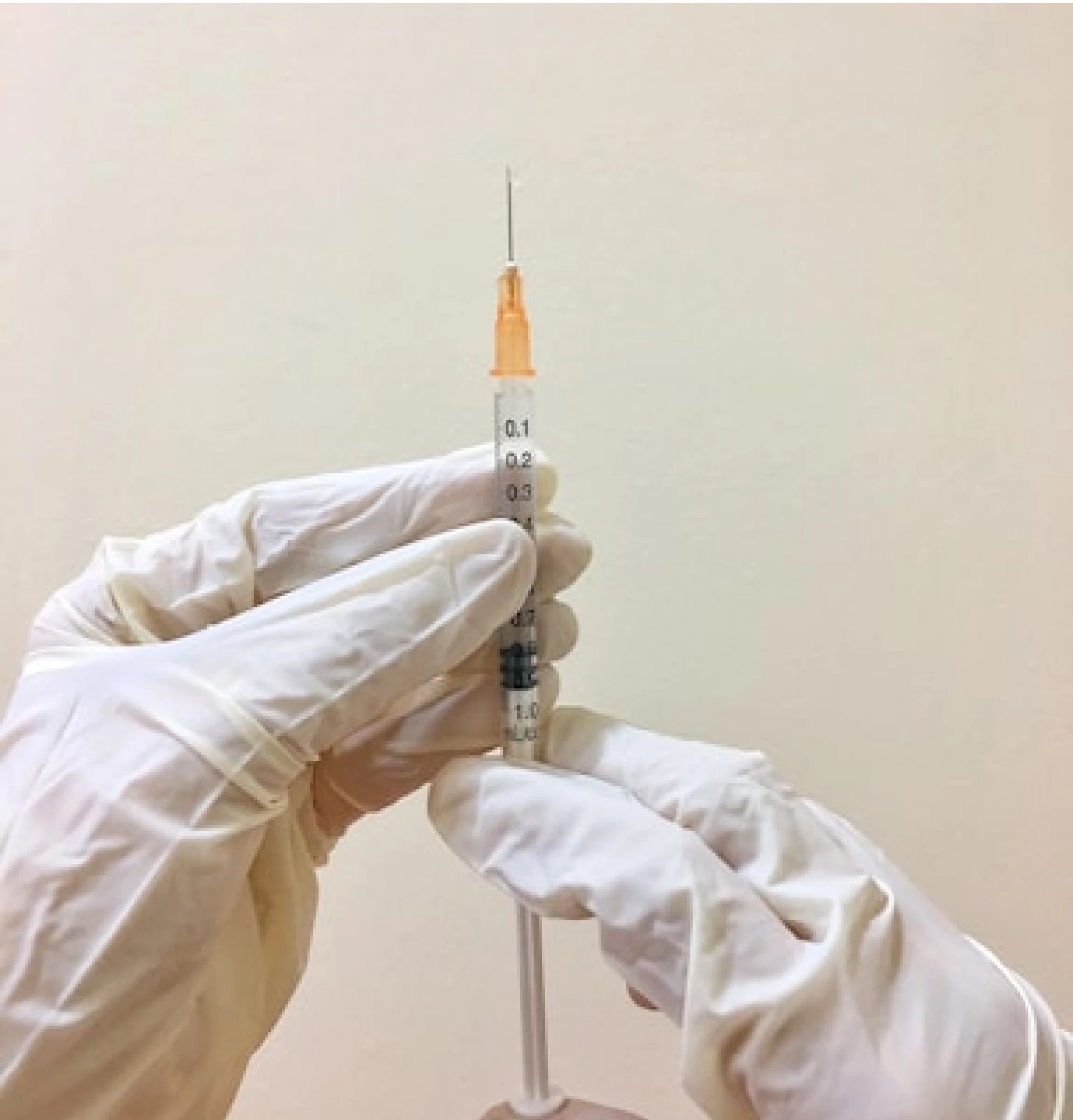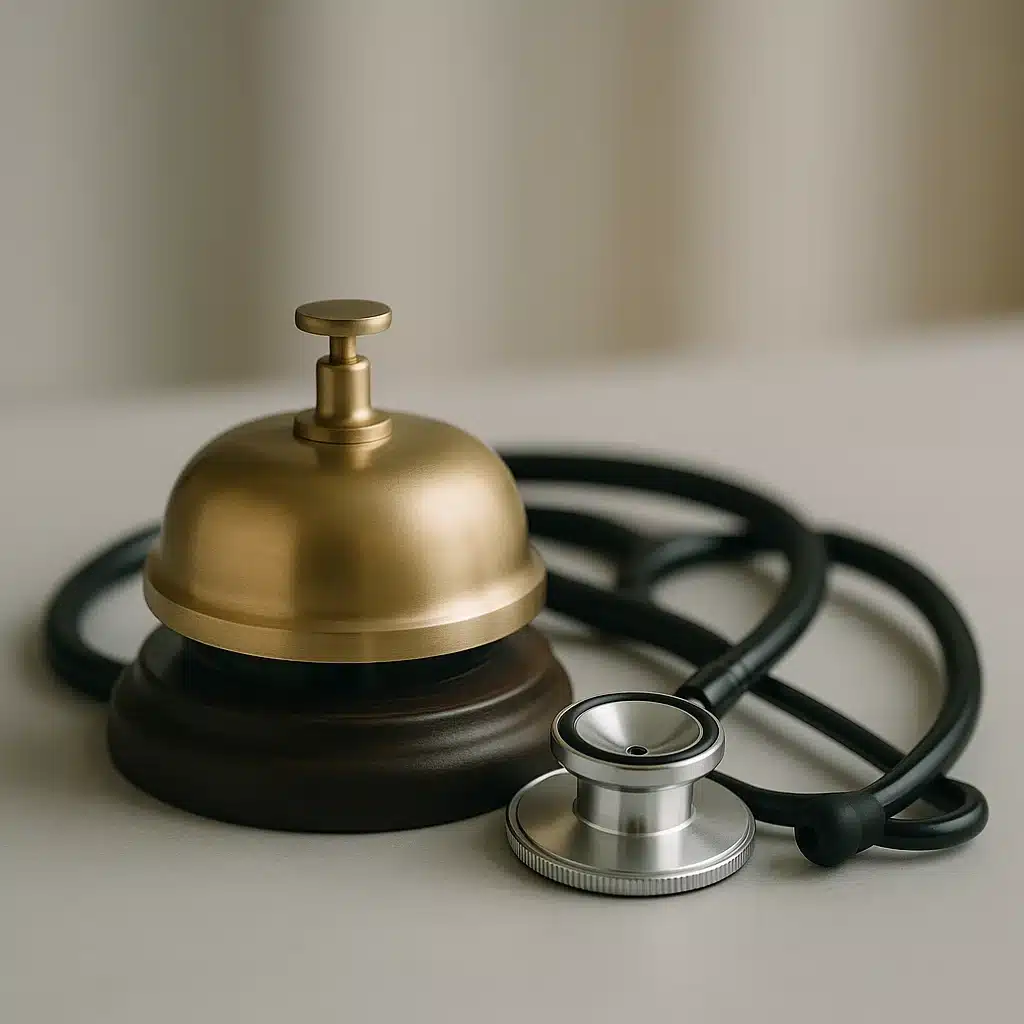Bux Pain Management
Board Certified Anesthesiologist located in Lexington, Cynthiana, & Danville, KY
If your lumbar (lower back) spinal canal narrows over time, it can put pressure on the surrounding nerves. Anjum Bux, MD, at Bux Pain Management knows that nerve pain can be frustrating. At his offices in Lexington, Cynthiana, and Danville, Kentucky, Dr. Bux offers the minimally invasive mild® procedure from Vertos Medical to treat lumbar spinal stenosis. If you’re struggling with lower back pain caused by lumbar spinal stenosis, call Bux Pain Management today or book an appointment online.
Lumbar Spinal Stenosis Q & A
What is lumbar spinal stenosis?
Spinal stenosis is the narrowing of the spinal canal. Your lumbar spine is in the lower portion of your back. Because the spine contains a series of nerves, the spinal canal’s narrowing puts pressure on these nerves. This pressure can lead to pain in your back that only gets worse as the spinal canal continues to narrow.
What are the symptoms of lumbar spinal stenosis?
The lumbar spine is the most common area to develop spinal stenosis. While early lumbar spinal stenosis might not cause any symptoms, lower back pain typically increases over time. The most common symptoms of lumbar spinal stenosis are:
- Lower back pain
- Trouble walking long distances
- Numbness, tingling, or weakness in your legs
- Loss of bladder or bowel control
- Sexual dysfunction
- Weakness in your feet
- Sciatica (pain that radiates from your lower back down through the backs of your legs)
Some people with lumbar spinal stenosis feel the need to lean forward to relieve pressure and pain in their lower back.
What causes lumbar spinal stenosis?
Spinal stenosis is most commonly found in people over 50. The most common causes of lumbar spinal stenosis are:
Osteoarthritis
Osteoarthritis — wear-and-tear of the cartilage surrounding your joints — is the most common cause of lumbar spinal stenosis. When the cartilage that cushions your joints breaks down, the small openings in your spine start to narrow, putting pressure on the nearby nerves.
Narrow spinal canal
Some patients are simply born with a naturally narrow spinal canal. You might notice symptoms like back pain that gets worse as you get older.
Rheumatoid arthritis
Rheumatoid arthritis (RA) is an autoimmune disorder that causes chronic joint inflammation. If the joints in your lumbar spine are affected, you can develop spinal stenosis. This condition can cause lower back pain that limits your mobility.
How is lumbar spinal stenosis treated?
Dr. Bux typically recommends conservative treatments, like physical therapy, nonsteroidal anti-inflammatory drugs (NSAIDs), and anti-inflammatory steroid injections, to relieve the pain caused by lumbar spinal stenosis.
If these conservative treatments aren’t enough to give you long-term relief, Dr. Bux does the mild procedure. Mild is a minimally invasive procedure from Vertos Medical in Aliso Viejo, California, designed to treat lumbar spinal stenosis.
During the procedure, Dr. Bux creates a small incision about the size of an aspirin pill in your back. He does this procedure using X-ray imaging (fluoroscopy) for added accuracy. He then uses special tools to remove excess ligament and bone to widen the spinal canal.
Mild is an outpatient procedure, so you can return home right away. Within a few days after the procedure, you can resume light activities.
Dr. Bux also offers Boston Scientific’s Vertiflex™ Procedure, which uses an implant to hold the vertebrae in your lumbar spine in the correct position, relieving pain and improving mobility.
To learn more about lumbar spinal stenosis, call Bux Pain Management today, or schedule an appointment online.









